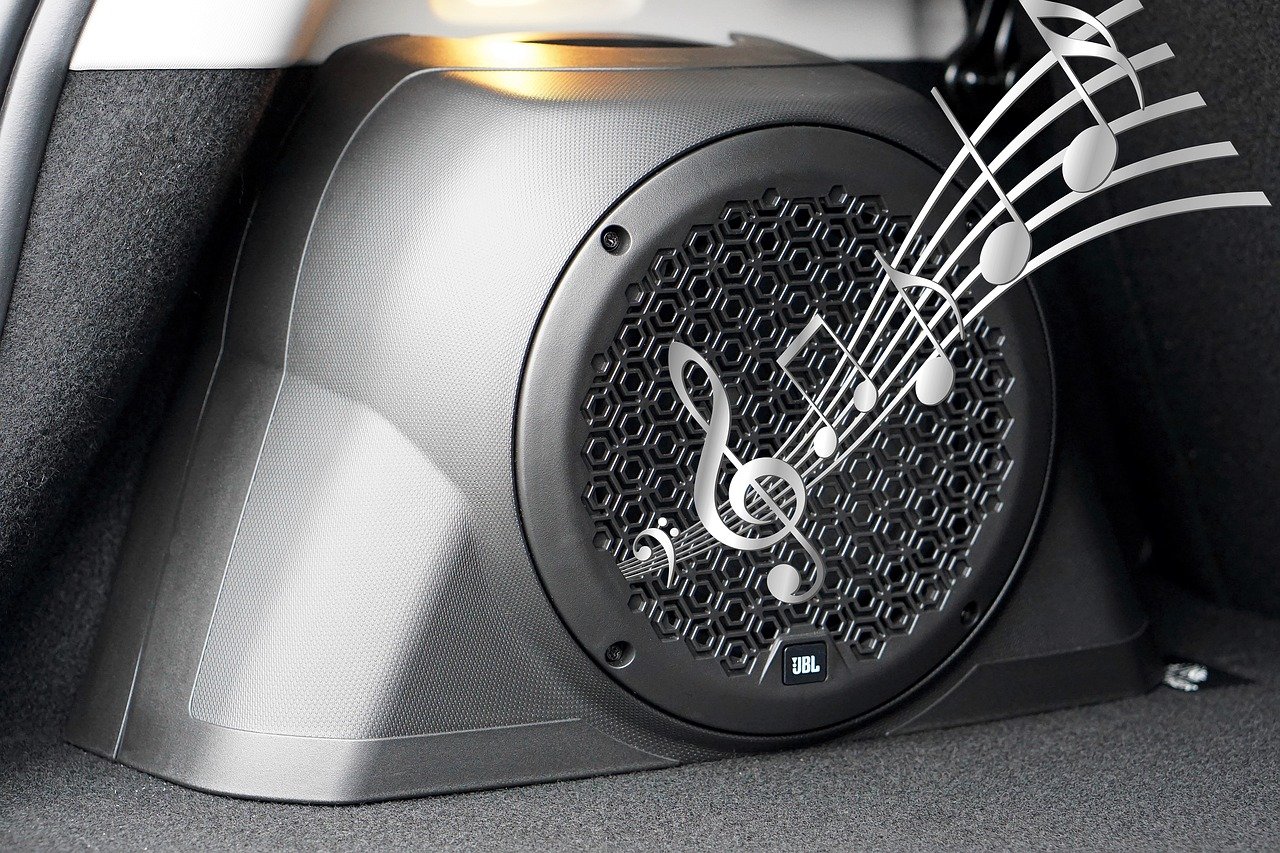Audio recording has become more accessible than ever, thanks to the availability of advanced recording equipment and software. However, recording in an environment with background noise can significantly impact the quality of your audio. We’ll explore various techniques to remove background noise from your recorded audio, ensuring a clean and professional result. We’ll cover both hardware and software solutions, and we’ll discuss some best and simple practices to avoid unnecessary noise in the first place.
Understanding the Source
Background noise refers to any unwanted sounds that can be heard alongside the primary audio source. This noise can come from various sources, such as traffic, air conditioning, or other electronic devices. It can be distracting and make your audio difficult to understand, which is why it’s essential to know how to remove it effectively.
Preventing Background Noise During Recording
The best way to deal with background noise is to prevent it from entering your recording in the first place. Here are some tips:
Choose a Quiet Location
Always try to record in a quiet environment free from outside noise, such as traffic or construction.
Use the Right Microphone
Invest in a high-quality microphone with good noise-canceling features, such as a directional or cardioid microphone.
Optimize your Recording Setup
Make sure that your recording equipment is set up correctly, with the microphone positioned close to the audio source and away from potential noise sources.
Removing Background Noise with Hardware
If you’re still experiencing background noise after following the above tips, there are hardware solutions available to help you remove it:
- Noise gates: These devices can be set up to automatically mute the audio signal when it falls below a certain threshold, effectively silencing any background noise.
- Soundproofing materials: Acoustic foam or sound-absorbing panels can help reduce ambient noise in a room.
- Audio interfaces with built-in noise reduction: Some audio interfaces come with built-in noise reduction features that can help filter out unwanted noise.
- Headphones: Wearing headphones while recording can help you hear any unwanted noise and adjust your microphone placement or technique to avoid it.

Using a Software
In addition to hardware solutions, various audio editing tools can help you remove background noise from your audio recordings:
Adobe Audition
This professional audio editing software offers advanced noise reduction tools, including a spectral noise reduction feature, which can be used to target specific frequencies and remove unwanted noise. Don’t miss our video tutorial about Audition.
Izotope RX
This comprehensive audio restoration suite includes various noise reduction tools, such as the Voice De-noise module, which is specifically designed to remove background noise from voice recordings.
Audacity
This free, open-source audio editing software includes a noise reduction feature that allows you to sample the noise profile and apply a filter to remove it from your recording. You can discover our video tutorial about Audacity in our YouTube Channel.
Best Practices for Post-Processing
Once you’ve removed the background noise from your audio recording, it’s essential to ensure that your audio quality remains high:
- Avoid over-processing: When applying noise reduction tools, be careful not to overdo it, as this can result in a loss of audio quality or introduce unwanted artifacts.
- Check levels and EQ: After removing background noise, make sure to adjust the levels and equalization of your audio to ensure a balanced and natural sound.
- Test on different Devices: To ensure your audio sounds great on various devices, test your final mix on multiple playback systems, such as headphones, speakers, and mobile devices.
Conclusion
Removing background noise from your recorded audio is crucial for achieving professional-quality results. Investing in the right equipment, choose a quiet recording environment, and make use of available software tools to remove any remaining background noise can improve the quality of your projects.
With some practice and attention to detail, you’ll be well on your way to producing high-quality, noise-free audio.
Images from Pixabay.






